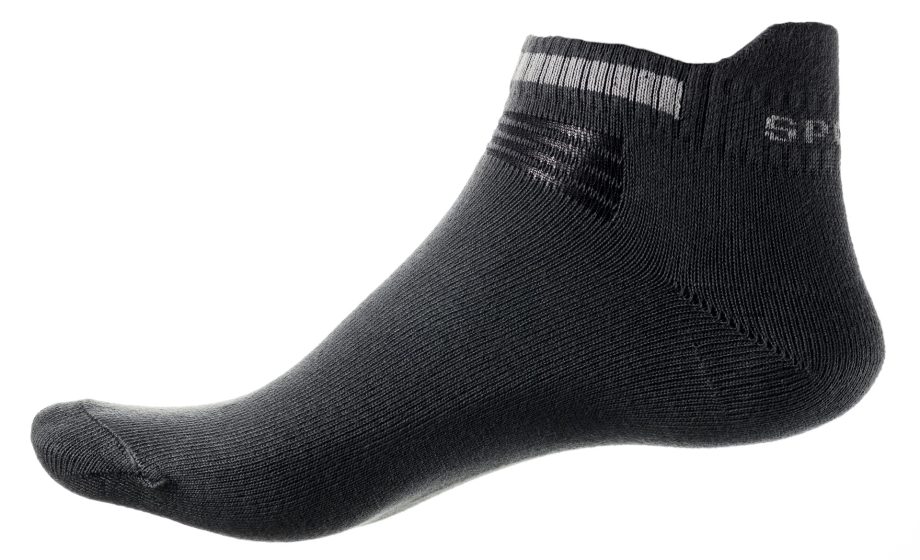With a novel fabrication procedure, MIT researchers have designed smart textiles, which conform to the body so they could sense the wearer’s motions and posture.
The researchers used the process of thermoforming. By adding a unique kind of plastic yarn and incorporating heat to slightly melt it, the researchers greatly increase the precision of pressure sensors woven into multilayered knit textiles, calling it 3DKnITS.
They utilized this procedure to design a “smart” shoe and mat while building a software and hardware system to interpret and measure data from the pressure sensors in real-time.
More so, the machine-learning system predicted the motions and yoga poses of people standing on the smart textile mat with 99% accuracy.
Irmandy Wicaksono, a research assistant in the MIT Media Lab, believes that the fabrication procedure takes advantage of the digital knitting system and allows quick prototyping, simply scaling up for big-scale production.
This method or technique can have several applications, particularly in rehabilitation and health care. For instance, it can be utilized to manufacture smart shoes that track someone’s gait learning to walk again after an accident, or socks that track pressure on diabetic patients’ feet to avoid ulcer formation.
According to Wicaksono, “With digital knitting, you have this freedom to design your patterns and also integrate sensors within the structure itself, so it becomes seamless and comfortable, and you can develop it based on the shape of your body.”
For the materials, the senior author at MIT, Joseph A. Paradiso, says, “Some of the early pioneering work on smart fabrics happened at the Media Lab in the late ’90s. The materials, embeddable electronics, and fabrication machines have advanced enormously since then.”
“It’s a great time to see our research returning to this area, for example through projects like Irmandy’s—they point at an exciting future where sensing and functions diffuse more fluidly into materials and open up enormous possibilities,” Paradiso added.
About the knitting know-how
To create a smart textile, MIT researchers utilize a digital knitting machine that weaves layers of fabric with rows of functional and standard yarn.
The multilayer knit textile has two layers of conductive yarn knit sandwiched on a piezoresistive knit that changes its resistance if squeezed.
With a pattern, the machine stitches the functional yarn on the textile in vertical and horizontal rows. The areas the functional fibers intersect, they’ll make a pressure sensor.
Meanwhile, yarn is pliable and soft, the layers often shift and rub against themselves if the wearer moves. This creates noise and instigates variability, making the pressure sensors less accurate.
To solve the noise issue, Wicaksono incorporated thermoforming and melting fibers into the smart textile fabrication procedure.
In a nutshell, the researchers aim to develop a comfortable and form-fitting fabric that knows its wearer’s activities, such as running, walking, and jumping.
Image by jan mesaros from Pixabay

